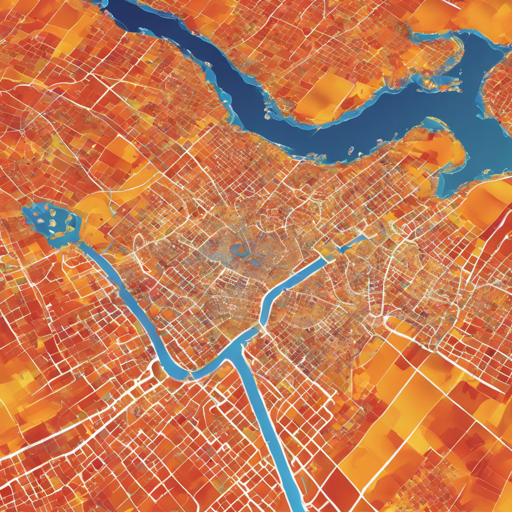Geospatial analysis, a technique where statistical analysis meets geographical data, opens up a world of opportunities for understanding and leveraging spatial aspects of data. At its core, it’s akin to taking a magnifying glass to a map, revealing patterns and insights that guide decision-making across various sectors. In this article, we will delve into the methodologies, tools, and troubleshooting tips associated with geospatial analysis.
What is Geospatial Analysis?
Geospatial analysis involves the combination of statistical analysis methods with geographical information to derive insights about data that exist in a spatial context. It enhances our ability to visualize and understand complex data, helping to answer questions such as:
- Where are the trends occurring?
- What factors impact certain locations?
- How can we optimize resources based on spatial data?
Avenues for Geospatial Analysis
To navigate through the ocean of geospatial tools, think of it like traveling through a city: you need the right maps, vehicles (software), and paths (methods). Below are some key categories of geospatial analysis tools:
1. Database Management
Just as a city has records of its inhabitants, geospatial databases maintain the information count of various locations. Some popular databases include:
- 3D CityDB – A spatial relational database for 3D city models.
- Cloudant – A NoSQL database that supports spatial data.
- GeoPackage – SQLite spatial extension.
2. Image Classification & DIP Software
Classifying images found within spatial datasets can be essential in assessing land-use changes, analyzing environmental impacts, and more. For example:
- ContextCapture – A tool for generating 3D models.
- ENVI – Image processing and classification software.
3. Geospatial Libraries and Platforms
Similar to how trains connect points in a city, libraries and platforms facilitate connections among diverse data inputs:
- GDAL – A translator library for raster and vector geospatial data formats.
- Mapbox – A platform for web map design and manipulation.
- GeoTools – Java library for geospatial data manipulation.
4. Web Map Development
Developing engaging web maps is akin to creating a navigation app. Utilizing frameworks and APIs can greatly enhance user experience:
- Mapbox GL JS – A JavaScript library for interactive maps.
- Leaflet – An easy-to-use open-source library for mobile-friendly interactive maps.
Troubleshooting Geospatial Analysis
While geospatial analysis offers a treasure trove of insights, it can sometimes be complex to navigate. Here are some troubleshooting tips to guide you:
- Ensure your data is clean and relevant; missing or corrupted data can lead to inaccurate analyses.
- Check compatibility issues between different geospatial formats and tools.
- Consult documentation for specific libraries as they often contain FAQs and common pitfalls.
For more insights, updates, or to collaborate on AI development projects, stay connected with fxis.ai.
Final Thoughts
Geospatial analysis is an expanding field with vast potential. By leveraging the right tools and methodologies, one can uncover valuable insights and foster informed decision-making. At fxis.ai, we believe that such advancements are crucial for the future of AI as they enable more comprehensive and effective solutions. Our team is continually exploring new methodologies to push the envelope in artificial intelligence, ensuring that our clients benefit from the latest technological innovations.

